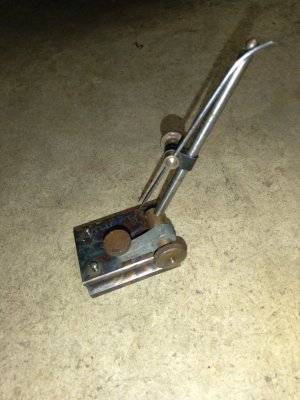- Joined
- Jan 20, 2018
- Messages
- 5,623
Not the same thing.And yes, acetate = acetyl = Delrin.
Acetate is a human-made, semi-synthetic material derived from cellulose. More precisely, it's made from wood pulp combined with chemicals like acetic acid (vinegar), acetic anhydride, and sulphuric acid. Rayon is an acetate fiber.
Acetal (polyoxymethylene or POM) is a high strength, low friction engineering plastic that has excellent wear properties in both wet and dry environments. Acetal is chemically resistant to hydrocarbons, solvents, and neutral chemicals.
Last edited:


